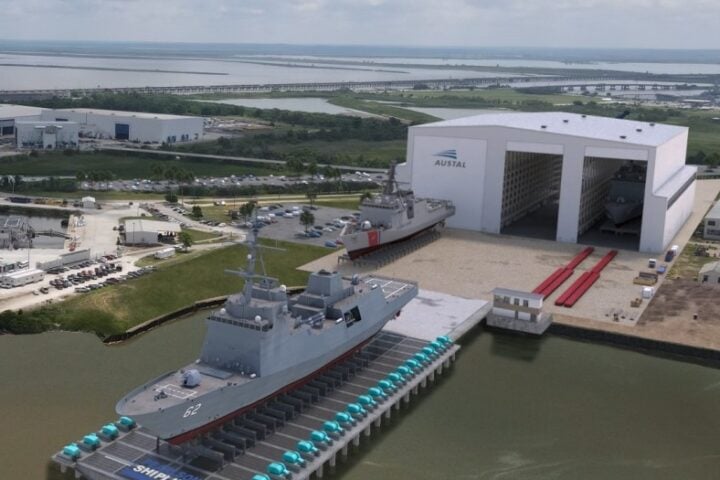
Austal USA Breaks Ground on New Steel Assembly Facility
Austal USA broke ground on its planned final steel assembly facility Tuesday, the company announced in a statement.…

Copyright 2024 U.S. Naval Institute. All Rights Reserved.